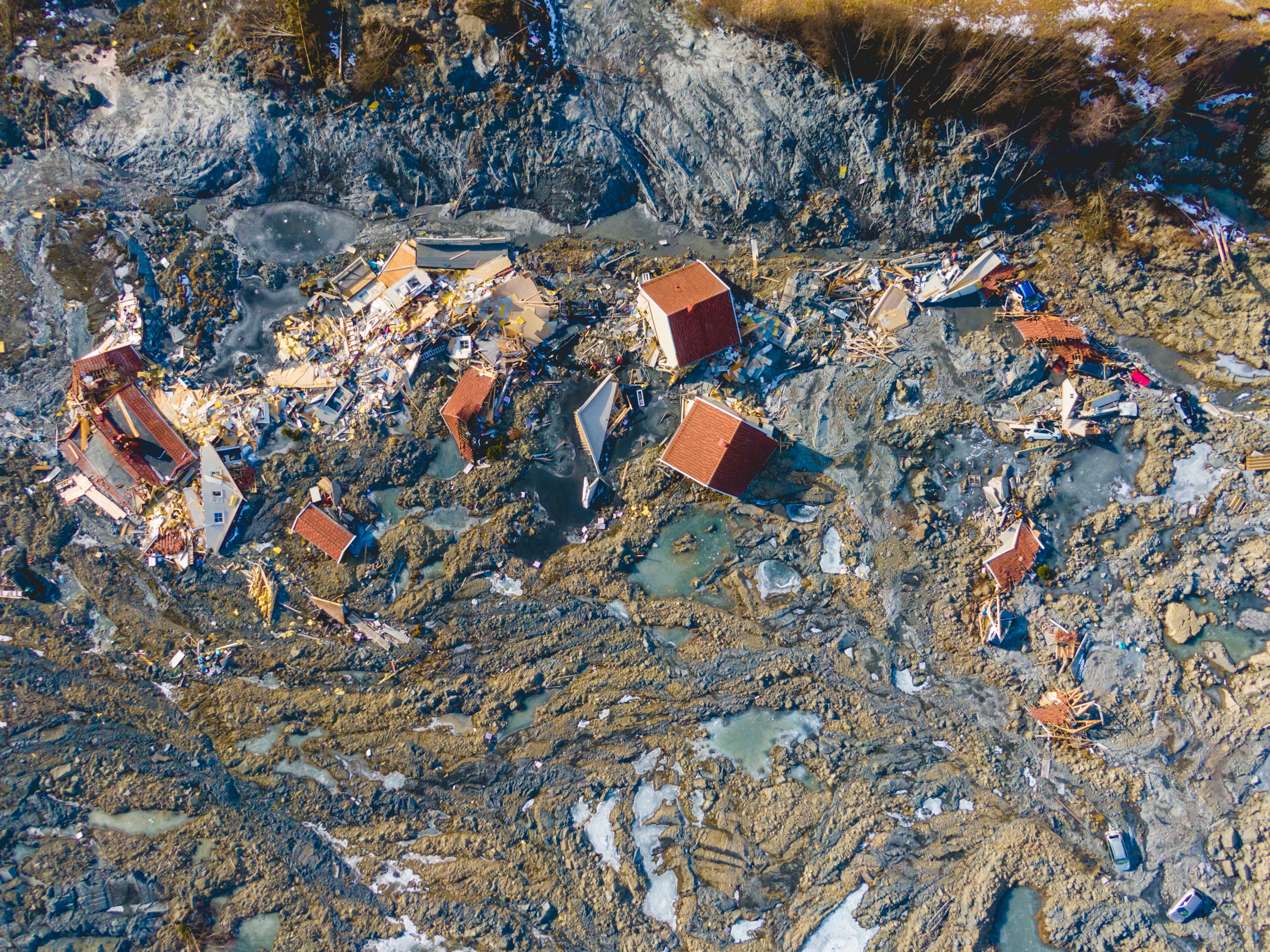Last body recovered following Norway's deadly landslide
Authorities in Norway say that nearly three months after one of the worst landslides in the country's history, search teams have found the body of the last person listed as missing in the rubble

Your support helps us to tell the story
As your White House correspondent, I ask the tough questions and seek the answers that matter.
Your support enables me to be in the room, pressing for transparency and accountability. Without your contributions, we wouldn't have the resources to challenge those in power.
Your donation makes it possible for us to keep doing this important work, keeping you informed every step of the way to the November election

Andrew Feinberg
White House Correspondent
Nearly three months after one of the worst landslides in modern Norway’s history, search teams have found the body of the last person listed as missing in the rubble, authorities said Monday.
In total, 10 people were killed in the landslide, which swept away homes in a residential area in the village of Ask on Dec. 30.
Seven of the victims were found shortly after the landslide and three people were reported missing. Two bodies were found on Feb. 9.
The landslide destroyed at least nine buildings with more than 30 apartments in the village, with about 5,000 residents located 25 kilometers (16 miles) northeast of Oslo
Authorities called off search and rescue efforts on Jan. 5, declaring that there was no hope of finding any survivors.
Police spokeswoman Mari Stoltenberg said remains of the last victim, who has not been identified, were found under quick clay, which can rapidly change from solid to liquid form when it is disturbed.
The exact cause of the landslide isn’t yet known. However, combined with excessive precipitation and damp winter weather, the quick clay may have contributed to the disaster.
In 2005, Norwegian authorities warned people not to construct residential buildings in the Ask area, saying it was “a high-risk zone” for landslides, but houses were built there later in the decade.
Subscribe to Independent Premium to bookmark this article
Want to bookmark your favourite articles and stories to read or reference later? Start your Independent Premium subscription today.